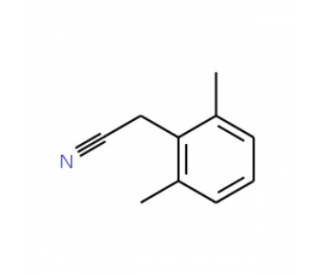详细说明
Species Reactivity
Human
Specificity
Detects human Cystatin C in ELISAs. In sandwich immunoassays, no cross-reactivity or interference with recombinant human Cystatins A, B, D, E/M, F, S, SA, SN, X/Z/P, or recombinant mouse Cystatin C is observed.
Source
Monoclonal Mouse IgG 2B Clone # 197820
Purification
Protein A or G purified from hybridoma culture supernatant
Immunogen
Mouse myeloma cell line NS0-derived recombinant human Cystatin C
Ser27-Ala146
Accession # P01034Formulation
Lyophilized from a 0.2 μm filtered solution in PBS with Trehalose. *Small pack size (SP) is supplied as a 0.2 µm filtered solution in PBS.
Label
Unconjugated
Applications
Recommended
ConcentrationSample
Immunohistochemistry
5-25 µg/mL
See below
Human Cystatin C Sandwich Immunoassay
Reagent
ELISA Capture (Matched Antibody Pair)
2-8 µg/mL
Human Cystatin C Antibody (Catalog # )
ELISA Detection (Matched Antibody Pair)
0.5-2.0 µg/mL
Human Cystatin C Biotinylated Antibody (Catalog # )
ELISA Standard
Recombinant Human Cystatin C Protein, CF (Catalog # )
Please Note: Optimal dilutions should be determined by each laboratory for each application. are available in the Technical Information section on our website.
Data Examples
Immunohistochemistry | Cystatin C in Human Liver. Cystatin C was detected in immersion fixed paraffin-embedded sections of human liver using Mouse Anti-Human Cystatin C Monoclonal Antibody (Catalog # MAB11962) at 5 µg/mL overnight at 4 °C. Tissue was stained using the Anti-Mouse HRP-DAB Cell & Tissue Staining Kit (brown; Catalog # ) and counterstained with hematoxylin (blue). Specific staining was localized to sinusoids. View our protocol for . |
Preparation and Storage
Reconstitution
Reconstitute at 0.5 mg/mL in sterile PBS.
Shipping
The product is shipped at ambient temperature. Upon receipt, store it immediately at the temperature recommended below. *Small pack size (SP) is shipped with polar packs. Upon receipt, store it immediately at -20 to -70 °C
Stability & Storage
Use a manual defrost freezer and avoid repeated freeze-thaw cycles.
12 months from date of receipt, -20 to -70 °C as supplied.
1 month, 2 to 8 °C under sterile conditions after reconstitution.
6 months, -20 to -70 °C under sterile conditions after reconstitution.
Background: Cystatin C
Cystatin C is a member of family 2 of the Cystatin superfamily (1). It is involved in processes such as tumor invasion and metastasis, inflammation and some neurological diseases. It inhibits many cysteine proteases such as papain and cathepsins B, H, K, L and S (2, 3). It is ubiquitous in human tissues and body fluids. A point mutation in the gene coding for the 120 amino acid mature Cystatin C causes a hereditary form of amyloid angiopathy in which the protein variant (Leu68 to Gln) is deposited in the cerebral arteries, leading to fatal cerebral hemorrhage (4). Cystatin C may have additional clinical applications. For example, it is a good marker for glomerular filtration rate (5).
References:
Reed, C.H. (2000) British J. Biomed. Sci. 57:323.
Janowski, R. et al. (2001) Nat. Struct. Biol. 8:316.
Abrahamson, M. (1994) Methods Enzymol. 244:685.
Abrahamson, M. et al. (1992) Hum. Genet. 89:377.
Laterza, O.F. et al. (2002) Clin. Chem. 48:699.
Entrez Gene IDs:
1471 (Human); 13010 (Mouse); 25307 (Rat)
Alternate Names:
ARMD11; bA218C14.4 (cystatin C); CST3; cystatin 3; cystatin C (amyloid angiopathy and cerebral hemorrhage); Cystatin C; cystatin-3; cystatin-C; Gamma-trace; MGC117328; Neuroendocrine basic polypeptide; Post-gamma-globulin











 粤公网安备44196802000105号
粤公网安备44196802000105号